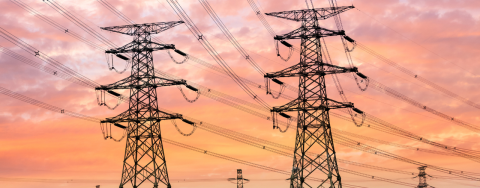Energy Flexibility
Renewable Energy
Renewable Energy
Photon Energy Announces Third Investment in RayGen to Accelerate Global Technology Deployment
English
- English
- Polski
Poland

